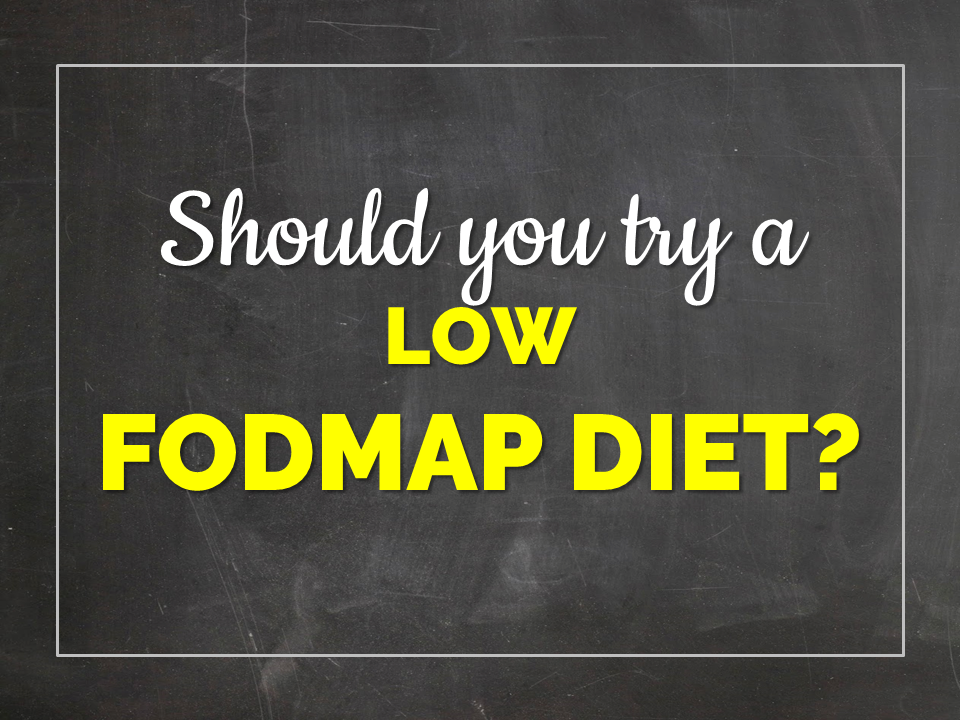Have you noticed that your perimenopause body is reacting to certain foods?
Maybe you’ve begun experiencing things like bloating, gas, or other GI issues with foods that were never a problem.
You’re not imagining things.
Many of the perimenopausal and menopausal women I work with and know, are starting to have trouble with certain foods.
Or they’ve always had issues like IBS, and now things are worse.
The fact is your hormones have changed, and now your digestive system may be sensitive to beans, or dairy, or wheat, or…
And the good news is that there’s scientific research that shows a low FODMAP protocol can help (I use the word “protocol” because “diet” has too many negative connotations.)
So, what does FODMAP mean?
FODMAP actually stands for Fermentable Oligosaccharides, Disaccharides, Monosaccharides, And Polyols.
That’s a real mouthful, but simply it means foods that contain sugars that ferment in your belly.
Foods that are low in FODMAP have been shown to be very effective in reducing symptoms in people with IBS (Irritable Bowel Syndrome) and may be effective for you too.
Now, if you don’t have digestive issues, then you don’t need to worry about limiting these foods. This isn’t a weight loss diet.
However, if you’re experiencing gas, cramping, diarrhea, or constipation you may want to read on.
High FODMAP foods include veggies like onions, garlic, broccoli, and cabbage; lactose-containing dairy products; wheat products; legumes; and some fruits like apples, pears, and watermelon.
Eating a low FODMAP protocol, therefore, would mean replacing these foods with low FODMAP foods.
And that may sound daunting.
But when you’re feeling crappy, it’s really worth trying it.
To get a list of low and high FODMAP foods, check out the following link to a study that has a good list of them (see Table 1):
https://onlinelibrary.wiley.com/doi/epdf/10.1111/j.1440-1746.2009.06149.x
The two phases of the low FODMAP protocol
The low FODMAP protocol is healthy, but may feel a little restrictive.
So, the good news is that this is just Phase 1, and it’s temporary.
In Phase 1, you stick to the protocol for about 4 to 8 weeks, at which point you’ll know that if your symptoms get better, food was likely the culprit.
That’s when you can move on to Phase 2.
Phase 2 consists of re-introducing the high FODMAP foods – one at a time.
If possible, hire a nutritionist or dietitian to help you with this process, as they’ll be able to guide you with what to add and when.
Have you had issues with certain foods in perimenopause or menopause?
Please share in the comments below, I’d love to know what your experience has been.
Personally, I haven’t had any significant issues with food.
However, I’ve noticed that my stomach feels a little queasy with certain dairy products, like milk and yogurt.
Luckily, these aren’t necessary for a healthy diet, so I just don’t include them.
But you may need to make bigger changes depending on your sensitivities and symptoms.
I hope you found this post helpful.
If there are any other topics you’d like me to discuss, please let me know, I’m always looking for new ideas.
In the meantime, keep moving forward my friend,
Debbie


